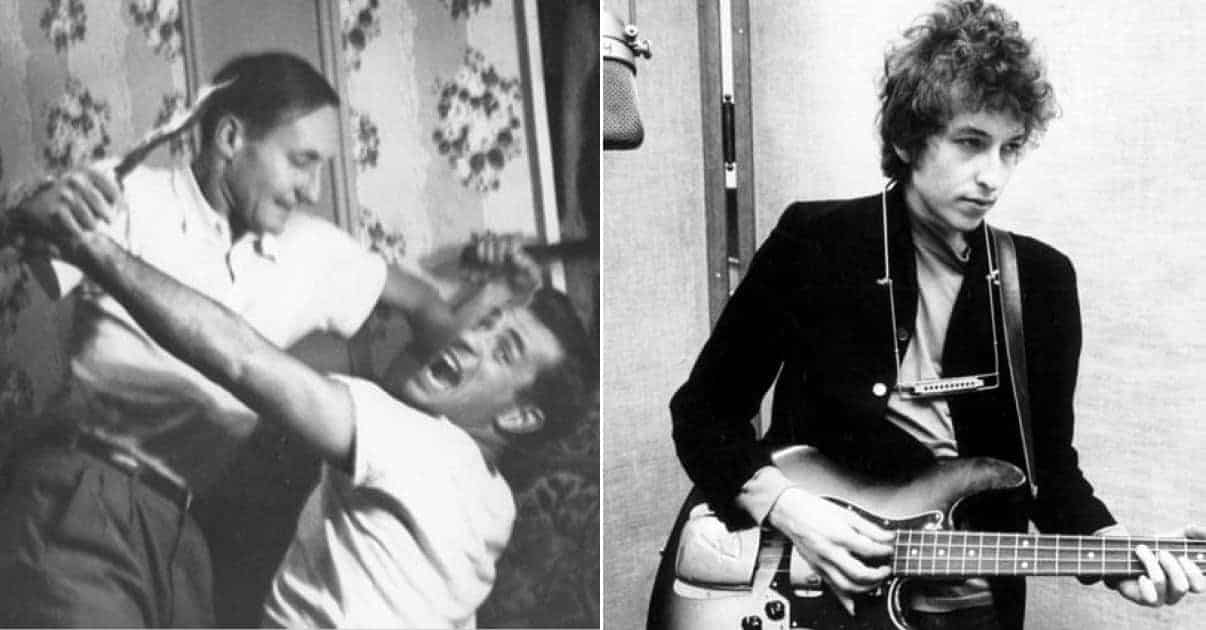Have you ever faked suicide to get out of a marijuana possession violation? Do you know which hippy icon accidentally shot his own wife dead? Or who shared the date of their death with C.S. Lewis and John F. Kennedy? Alternatively, do you know who donated money to help transport Jewish refugees away from Hitler’s Germany? Or who threatened to put LSD in Chicago’s water supply and ran a pig for President in 1968?
Endless questions, I know I know. Who broke out of prison and escaped to Algeria? Who named a strand of LSD ‘Orange Sunshine’? Who became so disillusioned with the conservative turn in the 1980s they committed suicide? Well, there are endless questions I suspect you do not know the answer to right now, but I intend to answer these at least so read on to find out! Follow me as I go through the ten famous Beat and Countercultural icons who helped define an era.


